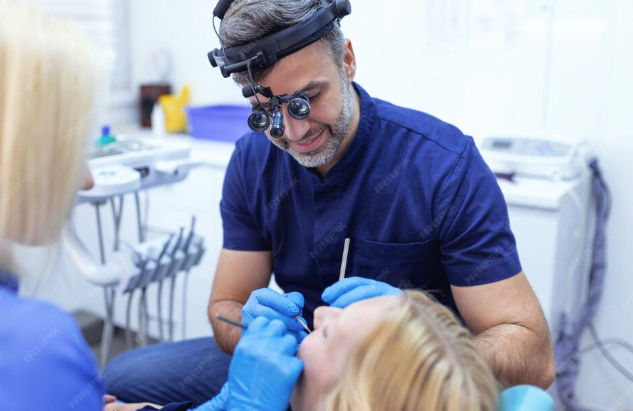Dental Assistant or Dental Hygienist? Key Differences, Salaries, and Career.
- Alex Gomes

- Sep 7
- 2 min read
A ToothTalk by Alex Report: Helping You Decide Where to Begin Your Dental Career

Oral diseases remain one of the leading chronic health problems in the United States. According to the Centers for Disease Control and Prevention (CDC), about 1 in 5 adults has untreated cavities, and more than 40% suffer from some form of gum disease. These statistics highlight the importance of prevention and oral health education — and explain why dental professionals, especially Dental Assistants and Dental Hygienists, are in high demand.
🔥 Roles and Responsibilities
Dental Assistant
Dental assistants play a vital support role for dentists and clinics. Their tasks often include:
Sterilizing instruments;
Preparing patients for treatments;
Assisting dentists chairside during procedures;
Organizing patient records and taking X-rays (with proper training);
Performing coronal polishing or sealant application (when certified for expanded duties).
Dental assistants always work under the supervision of a dentist.
Dental Hygienist
Dental hygienists, on the other hand, focus more on clinical and preventive care. In addition to some assistant-level duties, they also perform:
Professional teeth cleaning with manual and ultrasonic instruments;
Evaluation of teeth and gums, reporting findings to the dentist;
Application of fluoride, sealants, and local anesthesia;
Educating patients on oral hygiene and prevention.
This role requires more advanced training and higher responsibility.
🔥 Education and Requirements
Dental Assistant:
High school diploma or equivalent;
Technical training programs (usually less than 1 year);
CPR certification;
Expanded Duty Dental Assistant (EDDA) certifications available in some states;
In many states, no formal license is required.
Dental Hygienist:
Associate degree from an accredited dental hygiene program (about 3 years);
Passing national and regional board exams;
State licensure is required everywhere in the U.S.;
Continuing education is mandatory (in Georgia, for example, 22 hours every two years).
🔥 Average Salaries in 2025
Dental Assistant:
U.S. national average: $42,000–$47,000 per year (~$20–23/hour);
Georgia average: $45,510 per year;
Atlanta: about $53,946 per year (~$26/hour).
Dental Hygienist:
U.S. national average: $87,000–$90,000 per year (~$42–45/hour);
Georgia average: $87,070 per year;
Atlanta: up to $107,989 per year (~$52/hour).
💡 While the dental hygiene path requires more time and education, it also offers significantly higher earning potential.
🔥 Job Outlook and Growth
The dental industry is expanding thanks to an aging population and greater awareness of the link between oral health and overall health.
Dental Assistants: Projected 6%–8% growth by 2033, with tens of thousands of new job openings each year.
Dental Hygienists: Projected 7%–9% growth by 2033, also with strong demand across the U.S.
In Georgia, both careers are expected to grow by 11% by 2032, higher than the national average.
🔥 Which Career Path to Choose?
If you want a faster entry into the workforce with shorter training and opportunities for growth through certifications → Dental Assistant is the right choice.
If you aim for greater clinical autonomy, a central role in preventive care, and higher salaries → pursuing a career as a Dental Hygienist is the best path.
Both professions are essential in improving oral health in the U.S. and offer excellent job security and growth opportunities.




Comments